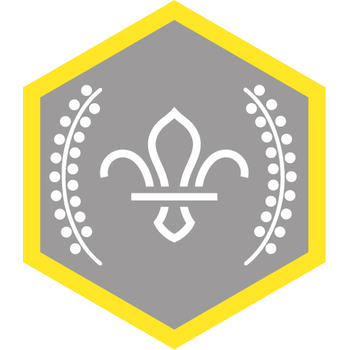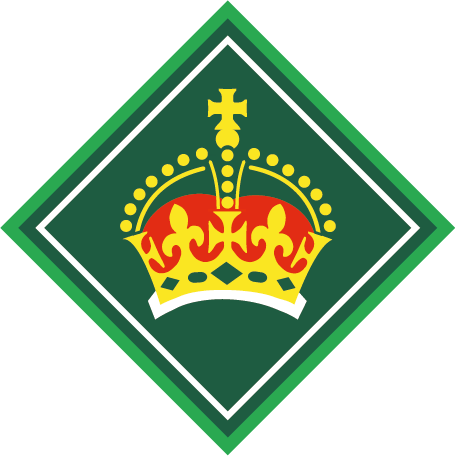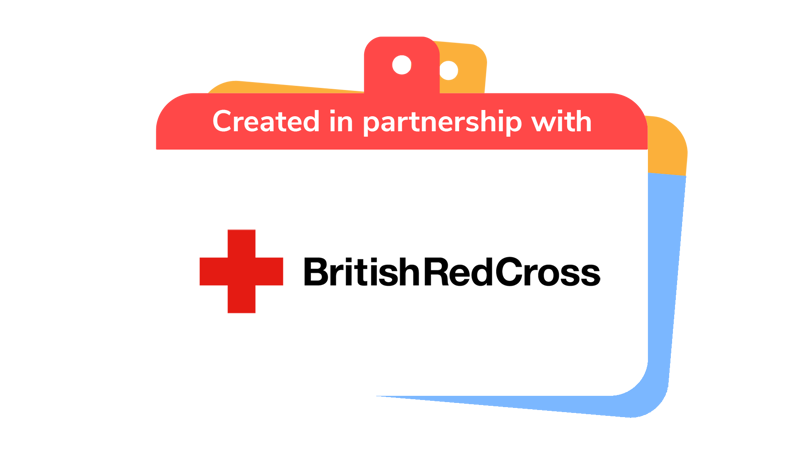
Bystander effect and first aid
You’ll need
- Scissors
- First aid skill guide
- Event planning checklist
- First aid skills cards
- First aid matching cards
Before you begin
- Cut out the ‘First aid matching’ cards. You’ll need a set for each group of between four and six people.
- Cut out the ‘First aid skills’ cards. You’ll need a set for each group of between four and six people.
Brush up on your first aid
- Everyone should split into groups of between four and six people.
- The person leading the activity should give each group a set of ‘First aid matching’ cards. Everyone should match the emergency to the action they’d take.
- Once all the groups have finished, the person leading the activity should go through the answers. What should people do if they’re in a situation where they’re not sure what to do? They could ask an adult, call 111 or 999, or use a first aid app, depending on the situation.
For more information, check out the ‘First aid skills’ guide, or head to the British Red Cross’ First Aid Champions resource.
Understand the problem
- The person leading the activity should explain that the ‘bystander effect’ is the idea that people are less likely to offer help if there are other people around – the more bystanders, the less likely it is that one will stop to help.
Some people think the bystander effect happens because everyone presumes someone else will step in (so they don’t need to); another possible reason is that people copy the behaviour of everyone around them and also ignore the person who needs help.
- Everyone should think of an example of the bystander effect that isn’t related to first aid, for example, if someone’s being mean to someone else and everyone walks past and ignores it.
- Everyone should think about other reasons that people might not stop to help in an emergency. Perhaps they’re worried about not knowing what to do, or are scared of making the situation worse?
- The person leading the activity should explain that the Red Cross’ ‘Don’t stop at 999’ campaign showed people how up to 59% of deaths from injury may have been prevented if first aid was given before the emergency services arrived. There’s a window of opportunity between calling 999 and the emergency services where two skills could save someone’s life: responding to someone who’s unconscious and breathing, and dealing with bleeding.
- Everyone should split back into their groups.
- Each group should think of situations that affect their community where first aid helps (and the bystander effect makes it worse). For example, accidents at home, older people falling, alcohol related accidents, or knife crime.
- Everyone should join back together to decide which emergency situation they’d like to help people learn about. They could vote, for example by raising their hands or putting sticky dots on a piece of paper.
- Everyone should decide whether they’ll teach their whole community, or whether they’d like to focus on one group, for example, other young people or friends and family members. Use the First Aid Skills cards to decide which skills would relevant to the group.
Plan a project
- Everyone should work together to think of lots of ways they could help prepare their audience to deal with their chosen emergency. How will they teach their audience about first aid skills and the bystander effect? Someone should jot down all of the ideas.
For example, people could think about making a video, leaflet, or poster; running a social media campaign; having a stand in a local shopping centre, or running a session or event. They may also want to do something else, for example, surveying AEDs (defibrillators) in their community.
- Everyone should vote to choose one of the ideas.
- Everyone should plan their project. They should use the ‘Event planning checklist’ to make sure they’ve thought of everything. Even if they’re not planning on running an event, it may remind them of important things like risk assessments.
- Once they’re ready, everyone should start their project and follow their plan to make it a success.
- When their project’s finished, everyone should take time to say thank you to any helpers and reflect on the difference they’ve made. Do they want to share the news, for example, on their social media or through local newspapers?

This activity helps contribute towards some of the UN's Sustainable Development Goals. Find out more about the SDGs, and how Scouts across the world are getting involved.
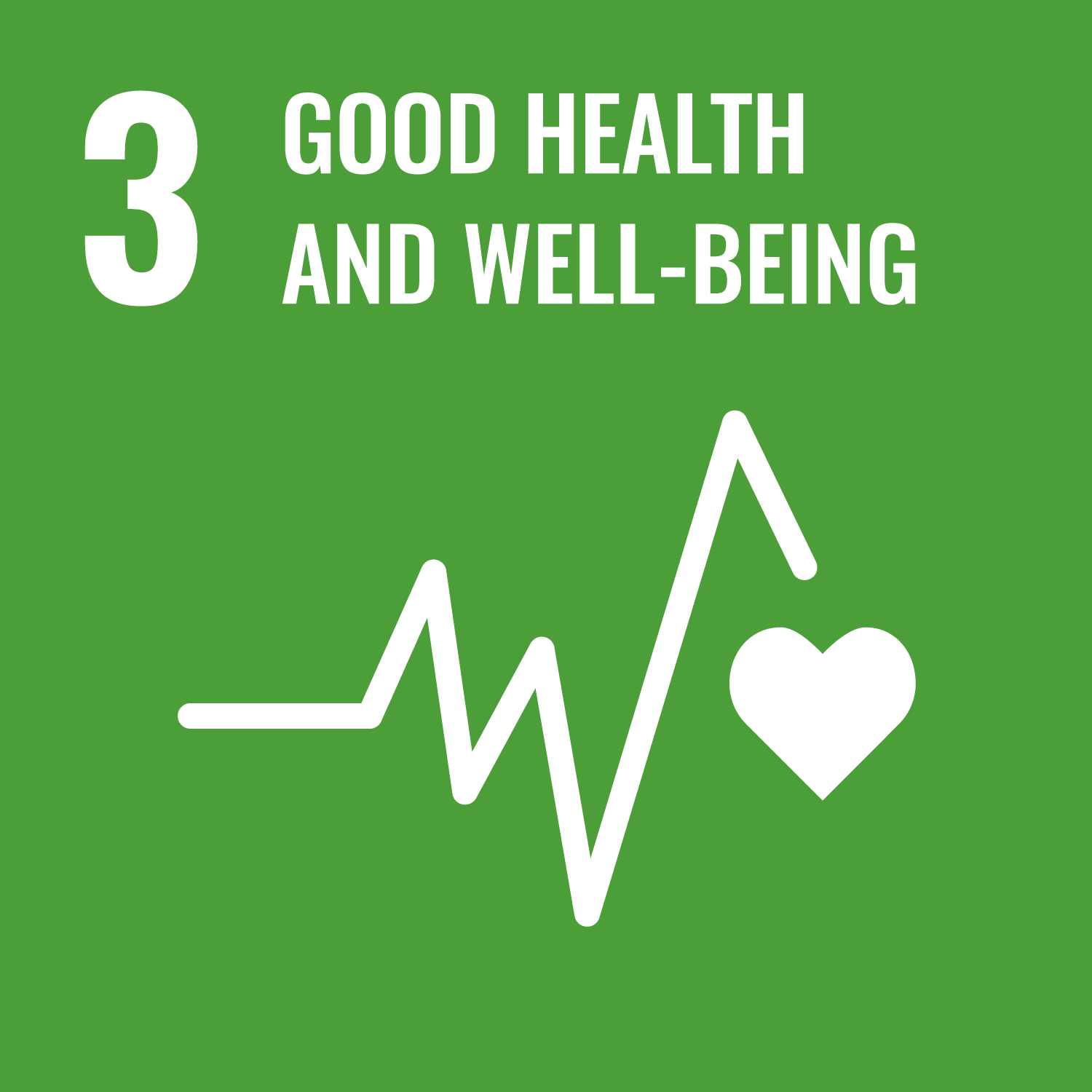
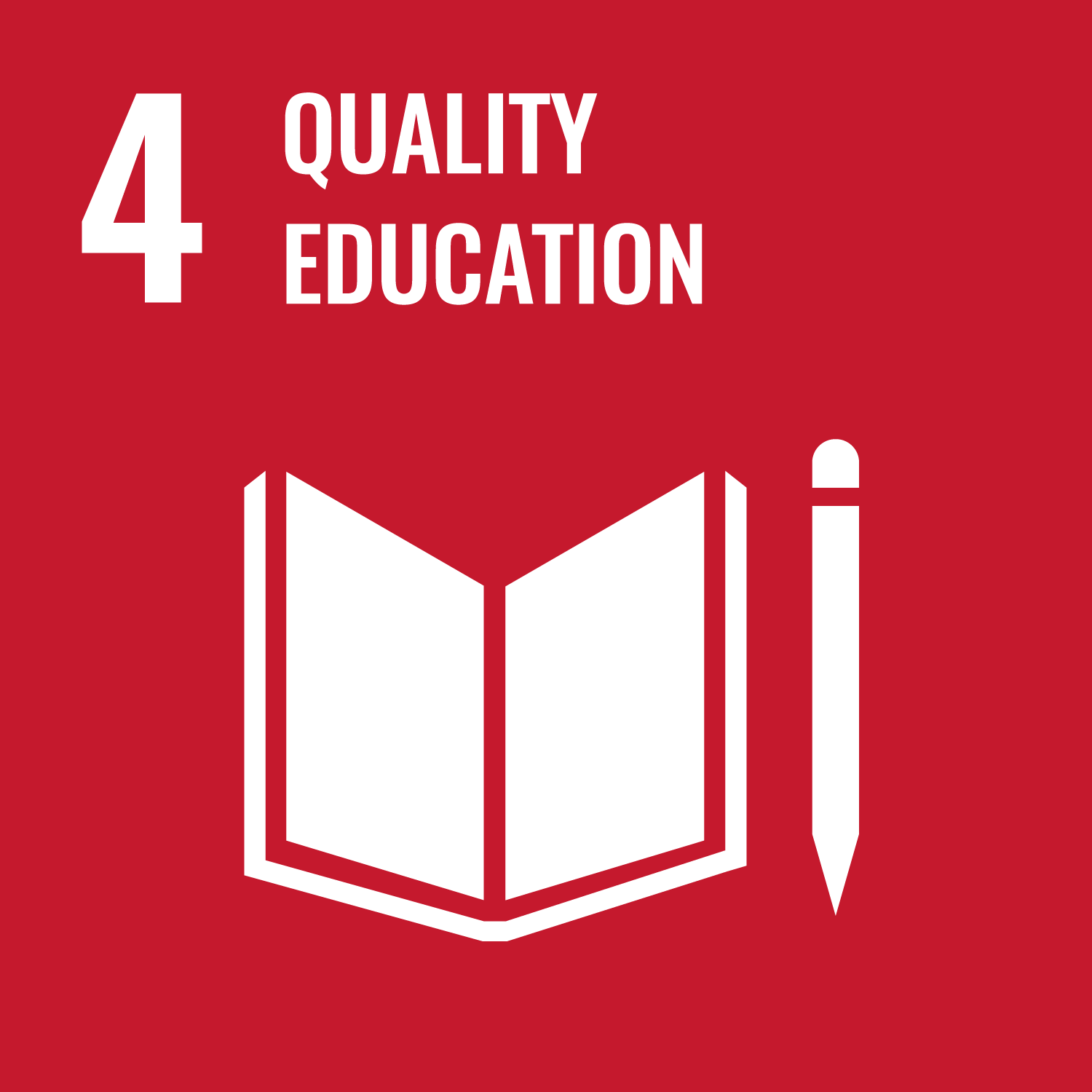

Reflection
https://www.redcross.org.uk/This activity needed everyone to care. Can anyone remember why the bystander effect happens? What’s the impact of people deciding to walk past and ignore someone in need? How do you think people might feel if no one stops to help? What can people do to help while keeping themselves safe if they see someone who needs help?
This activity was also a chance for people to help their community. Who did everyone help through their project? There may have been a specific group, or they may have helped lots of people. What difference did their project make? What did people give to others through their project? It may have been knowledge, skills, or information. What else could people do to build on the success of their event?
Safety
All activities must be safely managed. You must complete a thorough risk assessment and take appropriate steps to reduce risk. Use the safety checklist to help you plan and risk assess your activity. Always get approval for the activity, and have suitable supervision and an InTouch process.
- Outdoor activities
You must have permission to use the location. Always check the weather forecast, and inform parents and carers of any change in venue.
- Road safety
Manage groups carefully when near or on roads. Consider adult supervision and additional equipment (such as lights and high visibility clothing) in your risk assessment.
- Online safety
Supervise young people when they’re online and give them advice about staying safe. Take a look at our online safety or bullying guidance. The NSPCC offers more advice and guidance, too. If you want to know more about specific social networks and games, Childnet has information and safety tips for apps. You can also report anything that’s worried you online to the Child Exploitation and Online Protection Command. As always, if you’ve got concerns about a young person’s welfare, including their online experiences, follow the Yellow Card to make a report.
Adapt the ‘First aid matching’ cards and ‘First aid skills’ cards to your group – take out any that are too advanced. You could also add your own.
You could also leave out the ‘First aid skills’ cards if they’re likely to be too tricky for your group (or if you don’t have enough time).
Whatever you do, make sure your project’s accessible for everyone. Think about things like physical access (for example, for wheelchair users) as well as making the space autism-friendly and making sure there are different ways for people to get involved.
All Scout activities should be inclusive and accessible.
Learn more first aid skills as part of your Emergency Aid Staged Activity Badge.
Discover more at https://www.redcross.org.uk/

